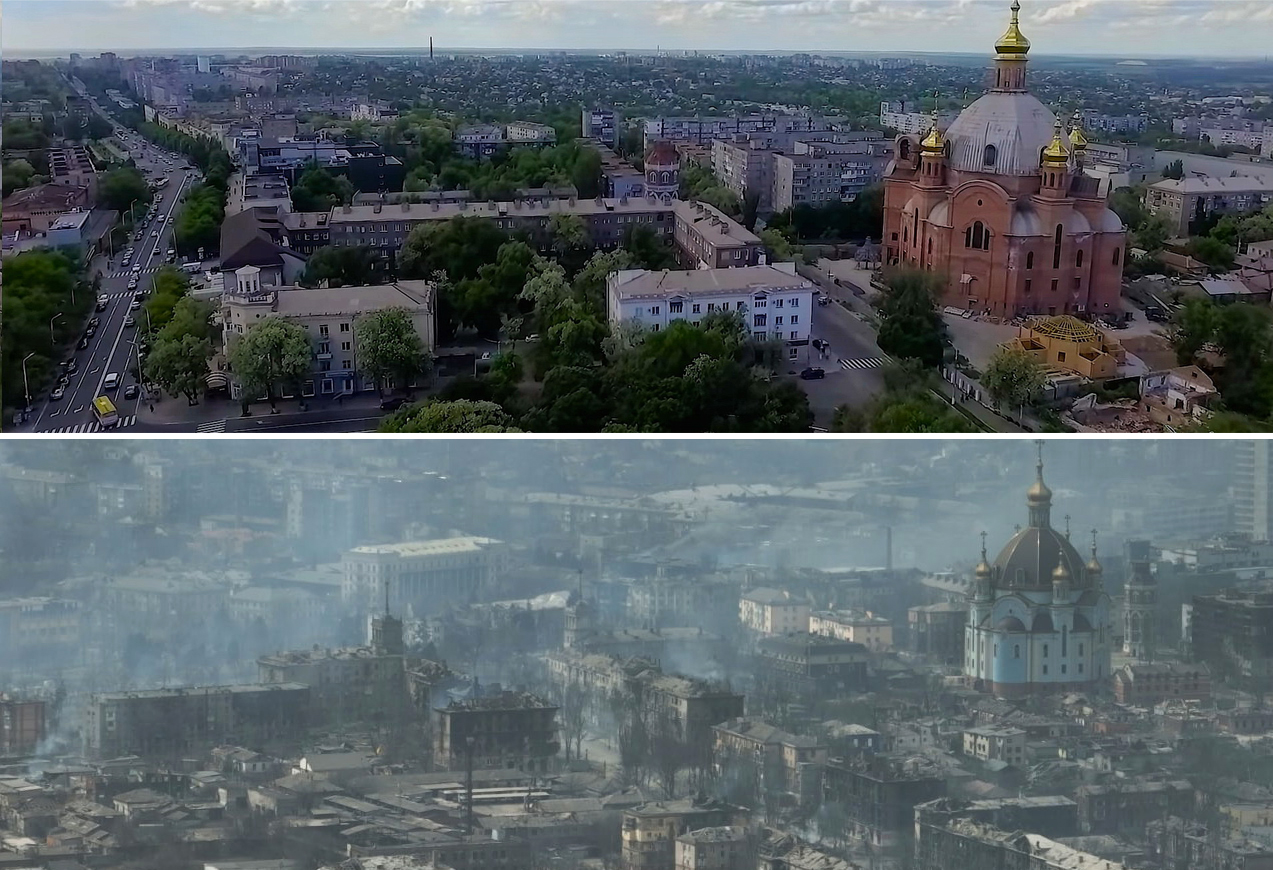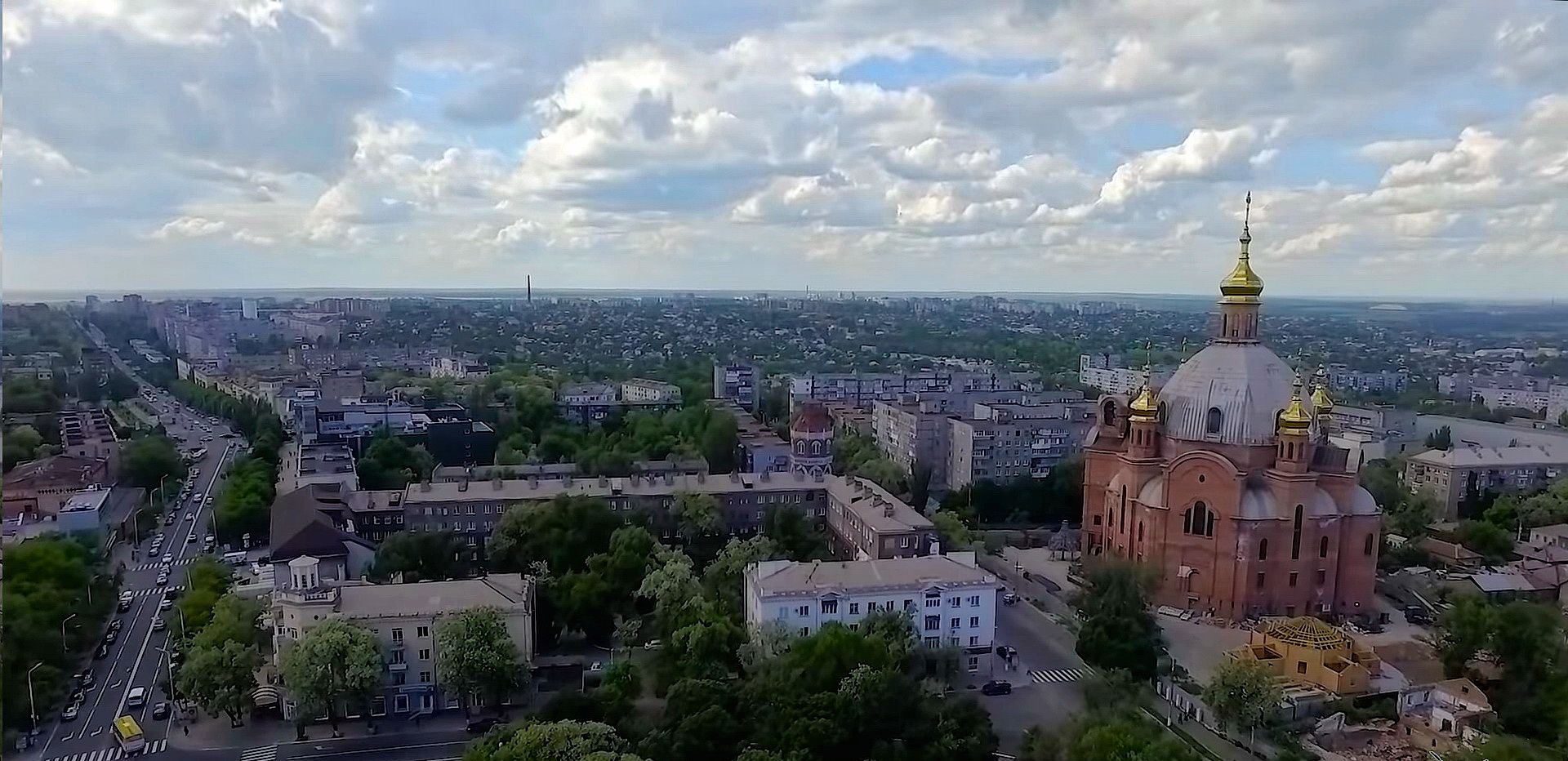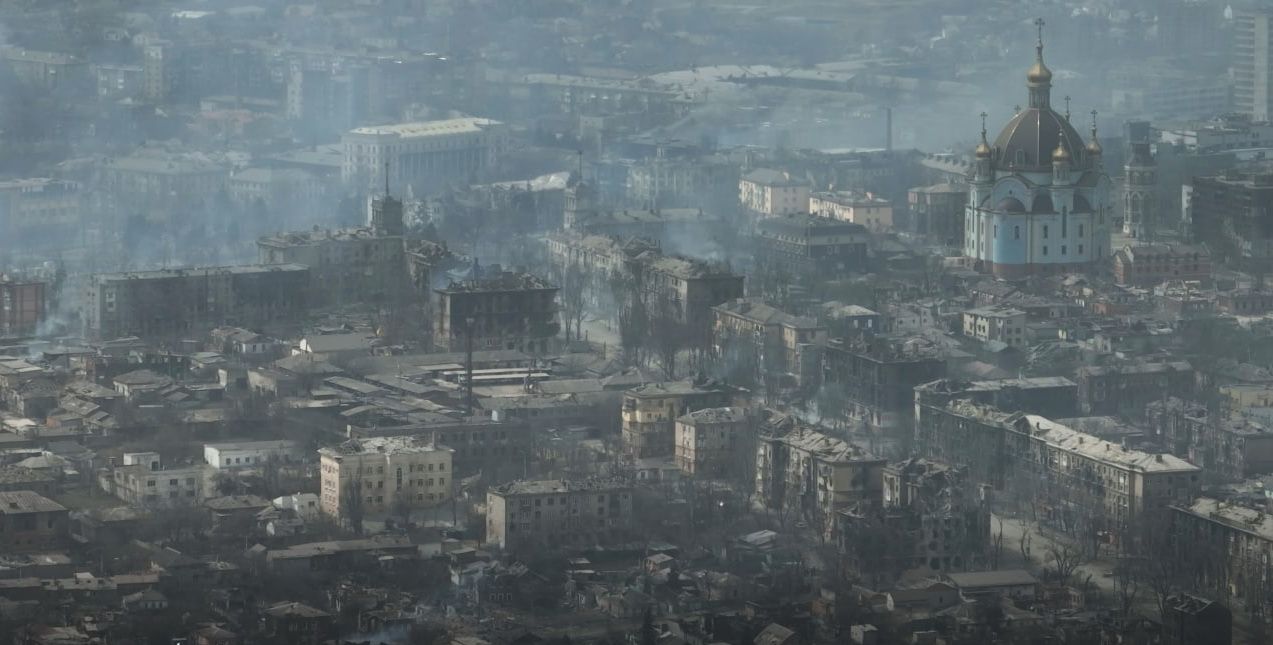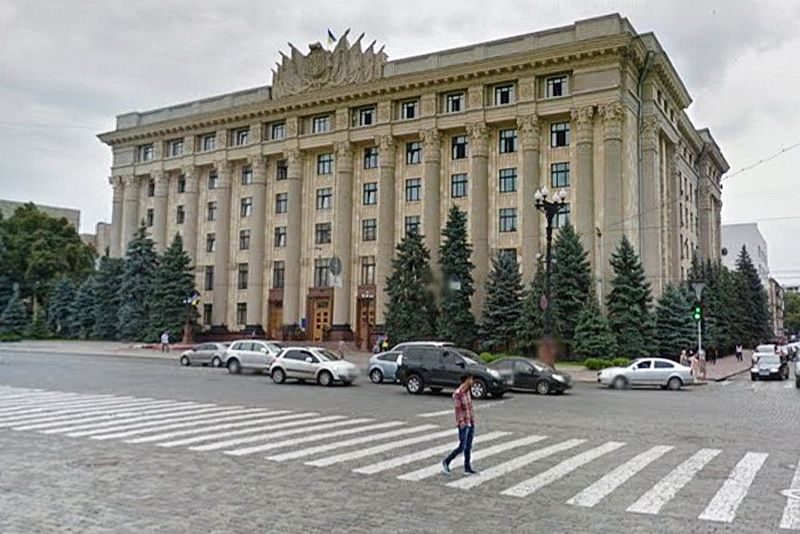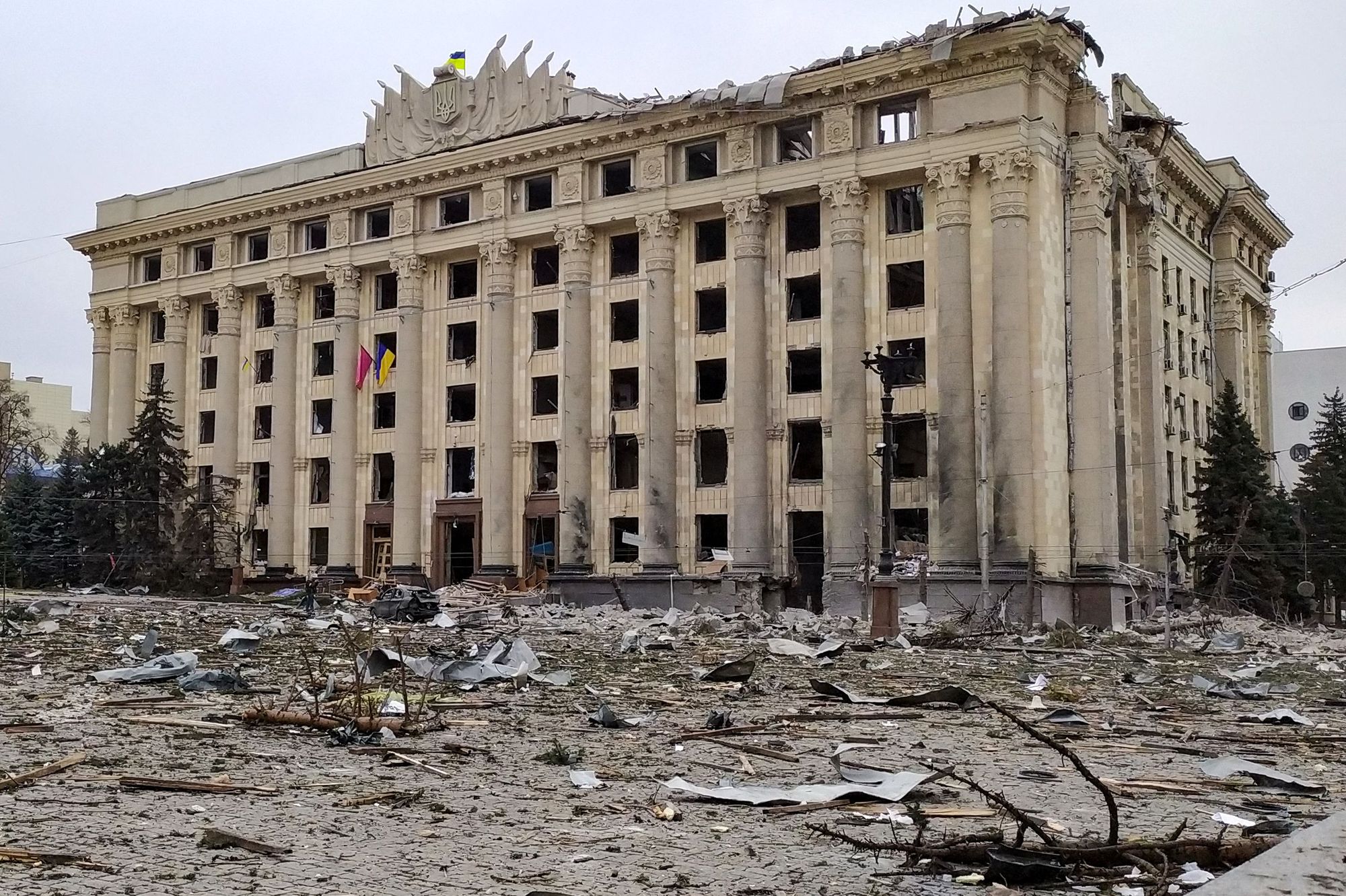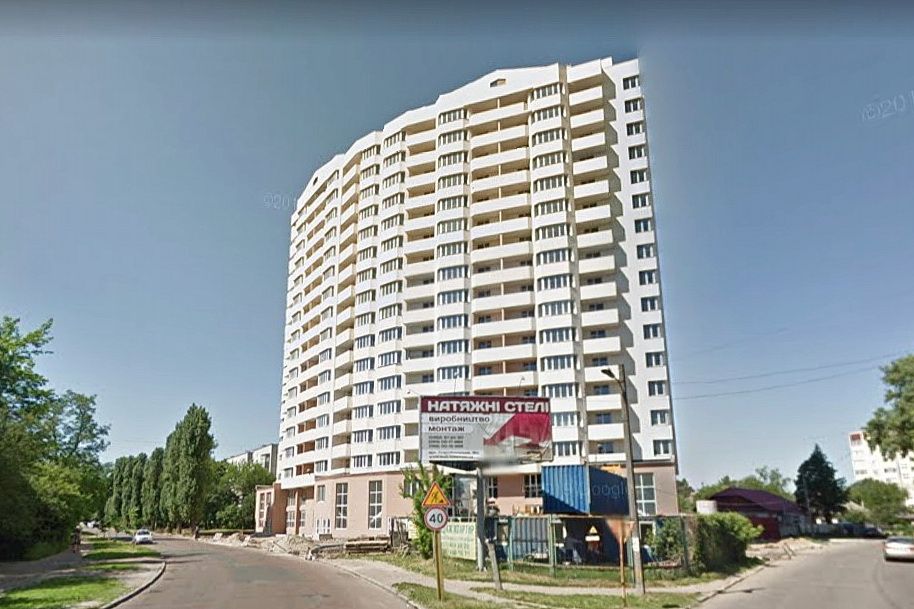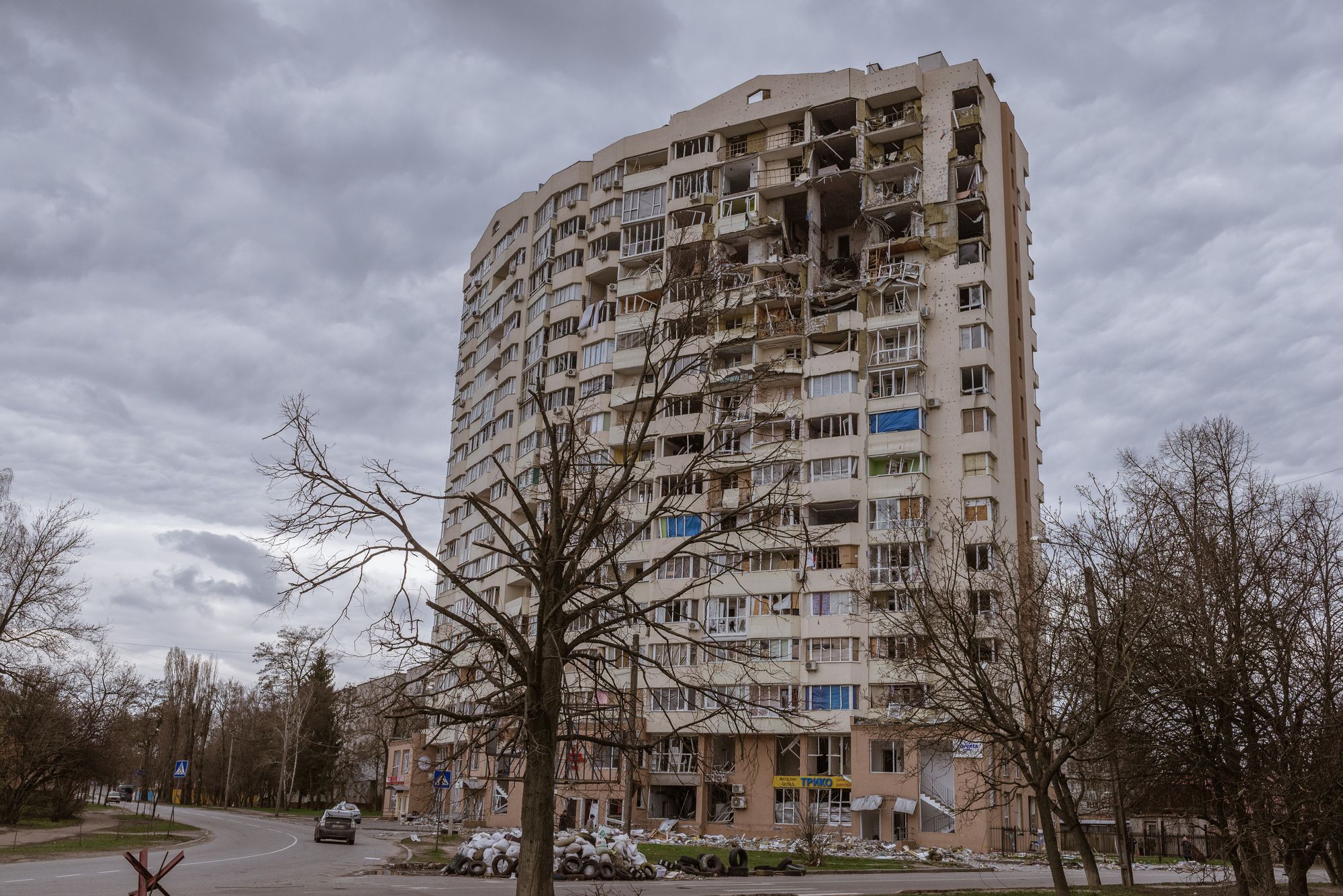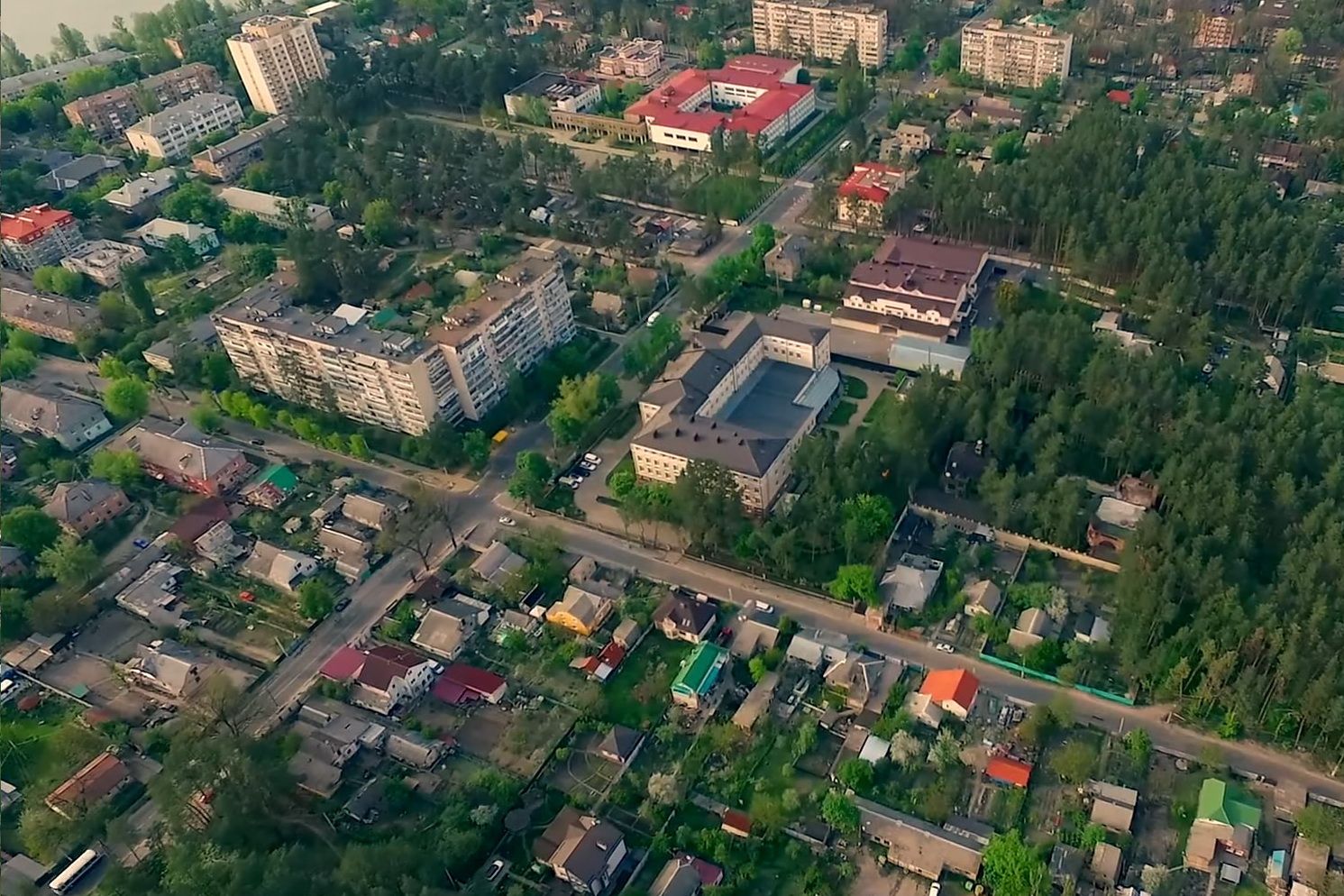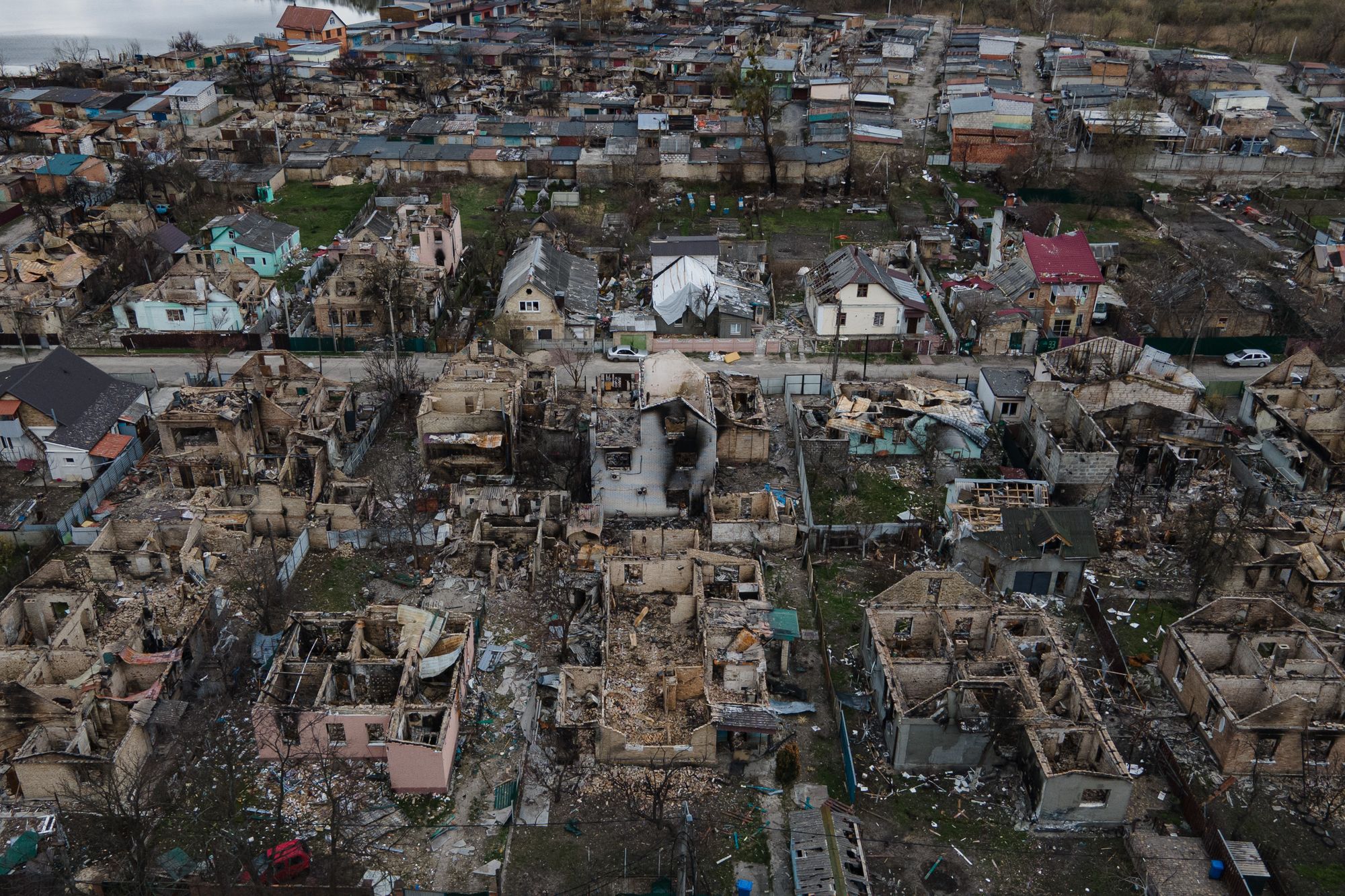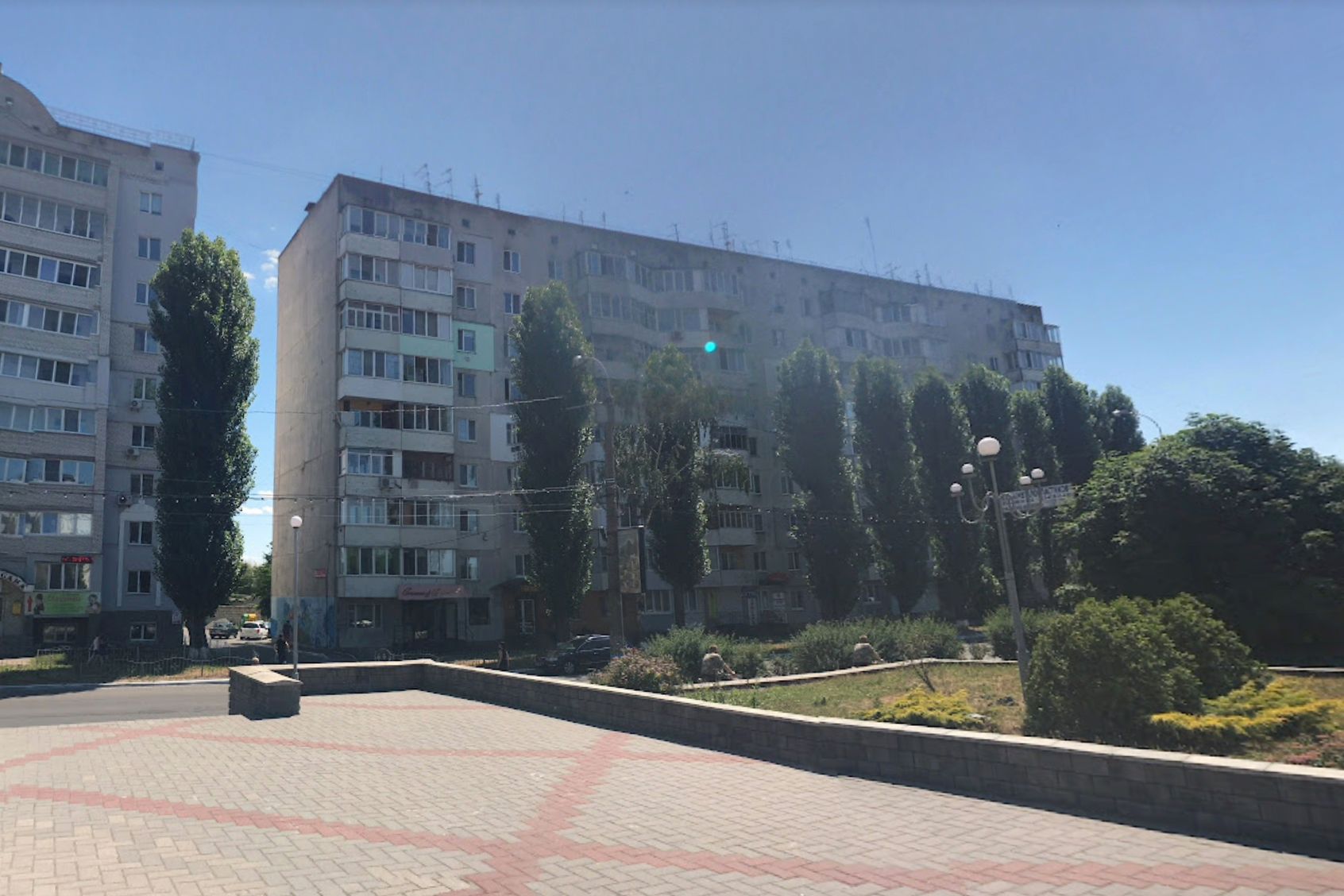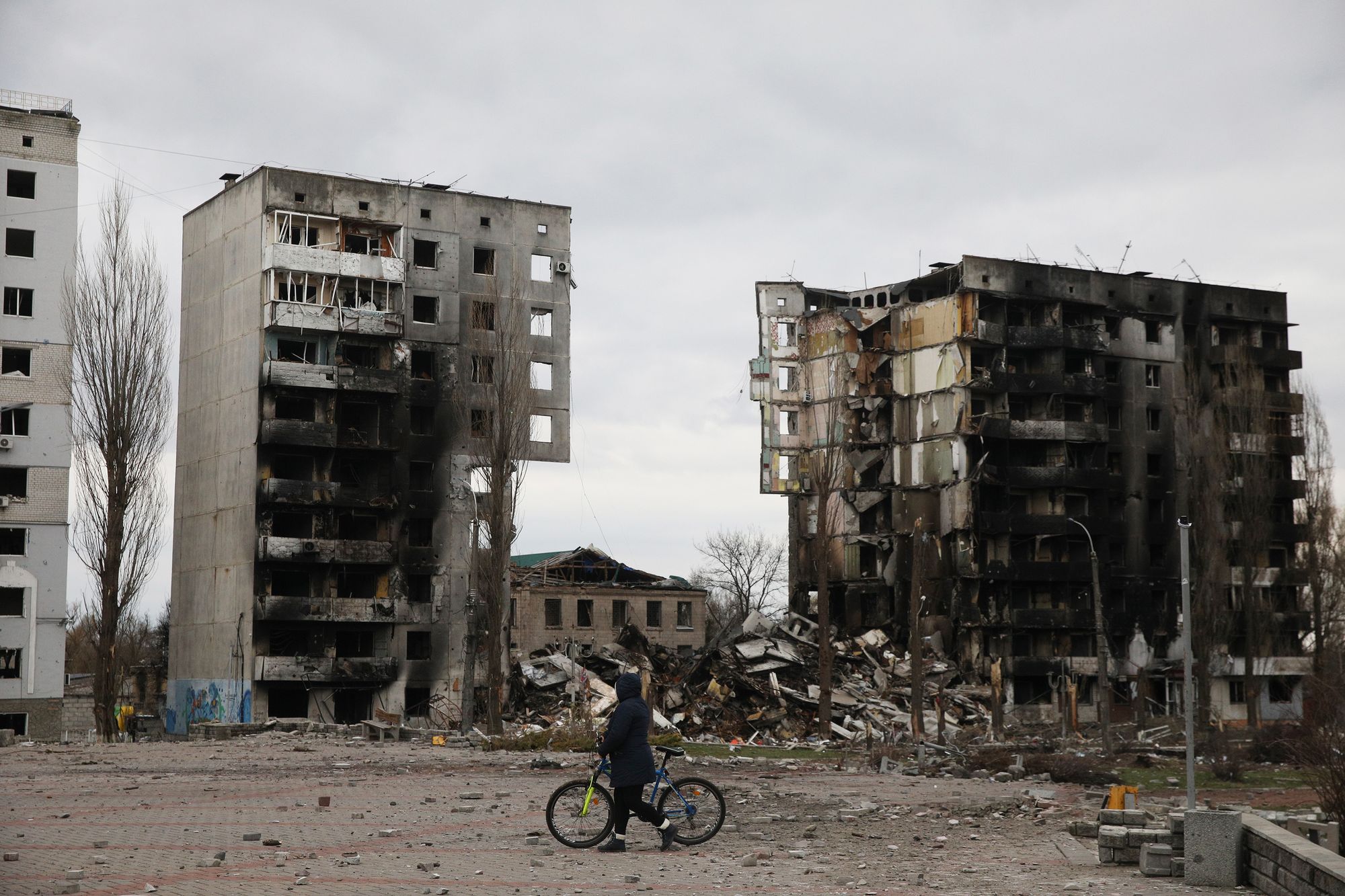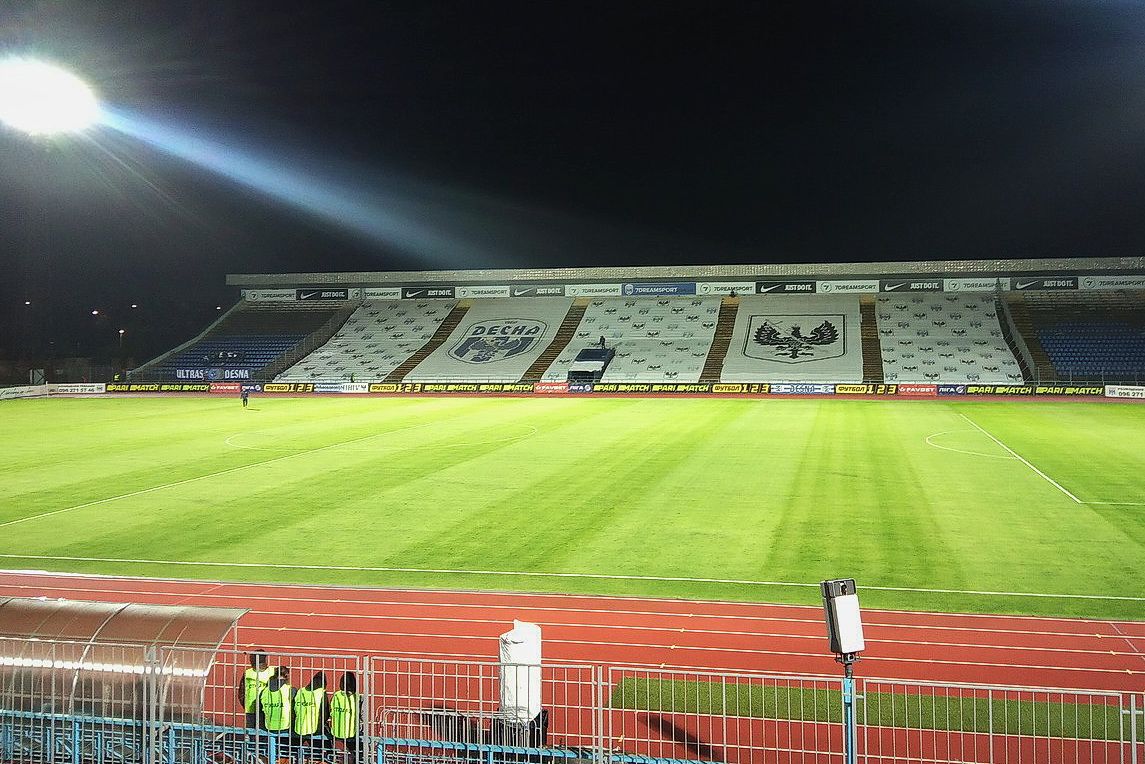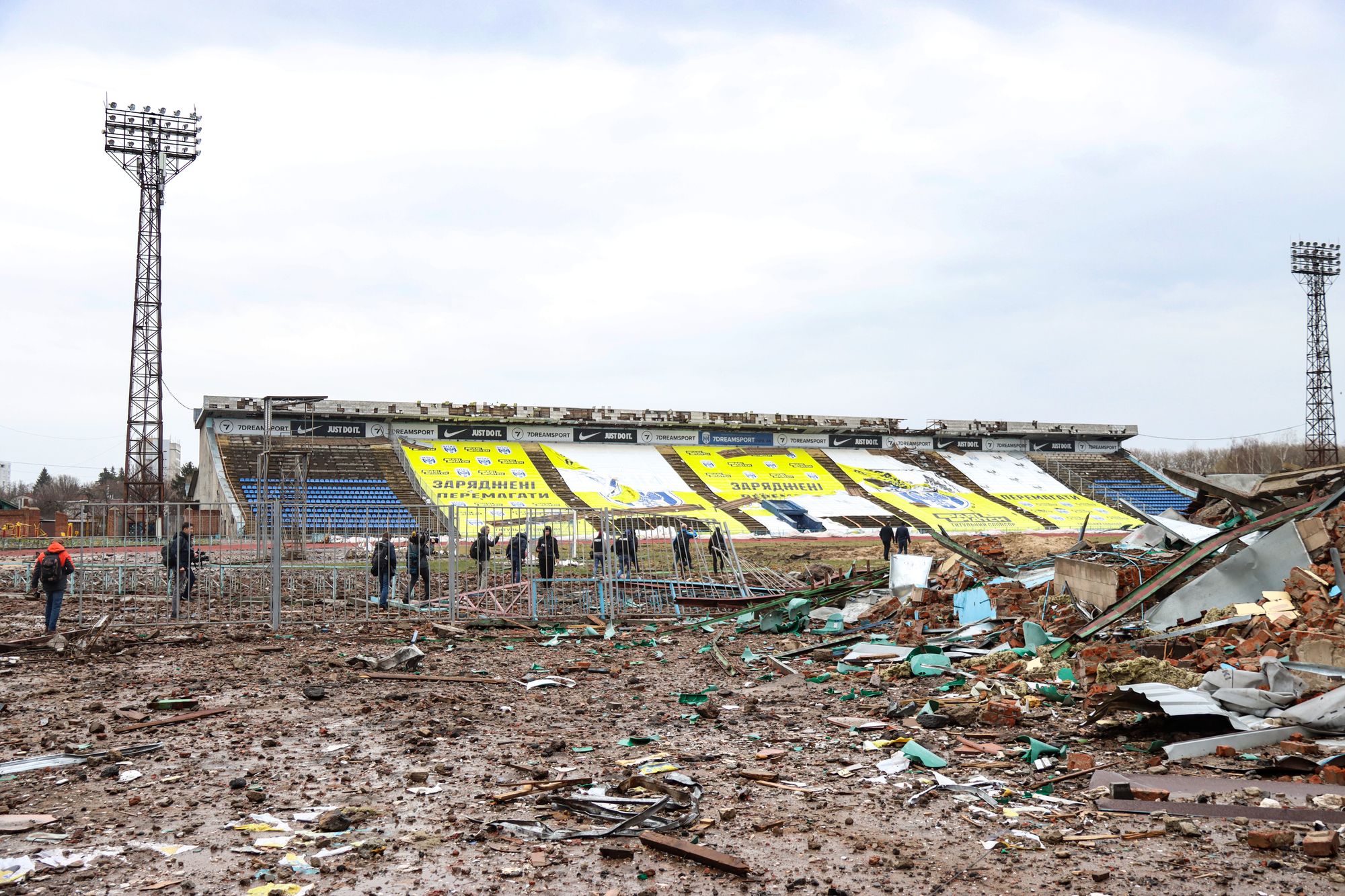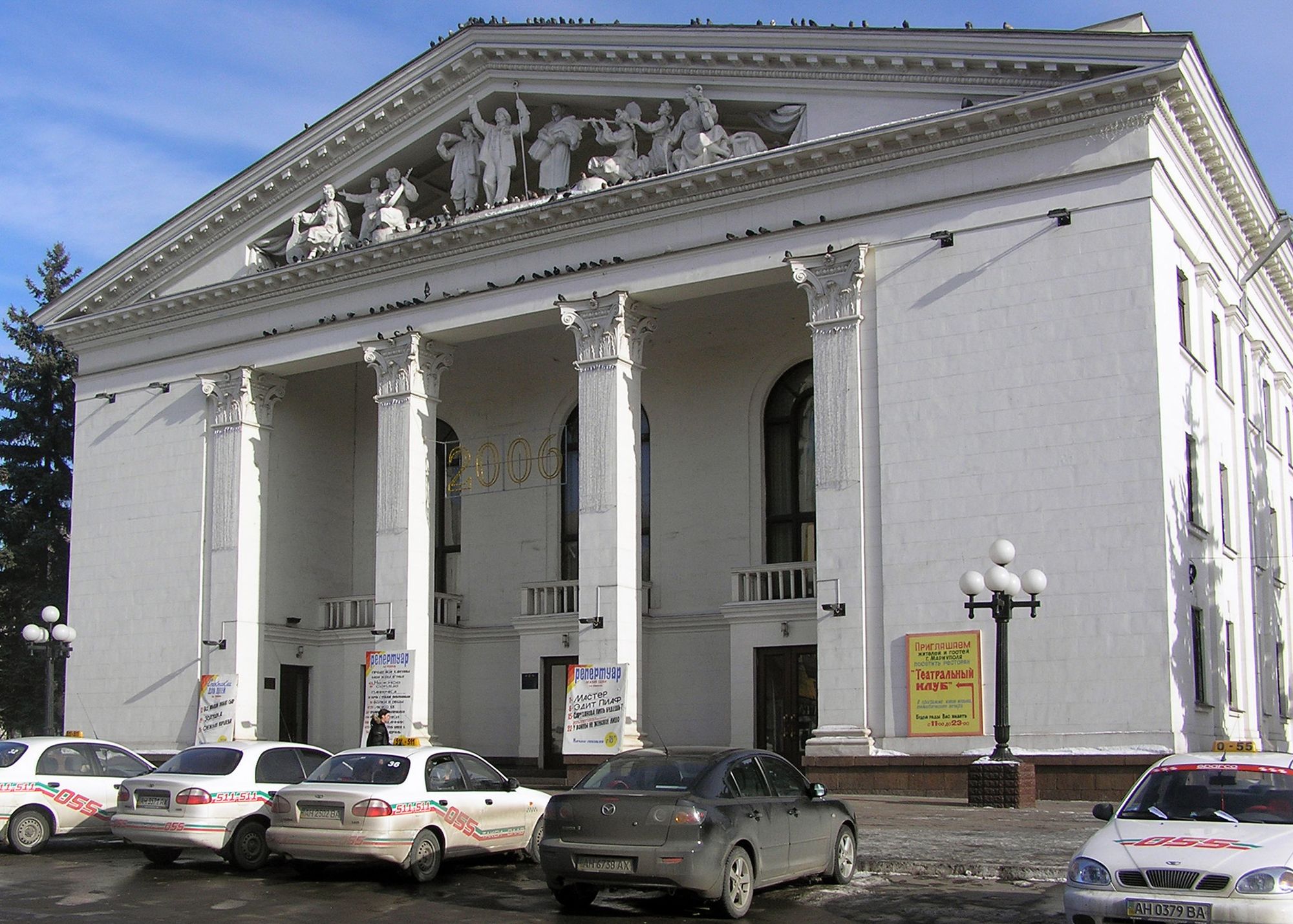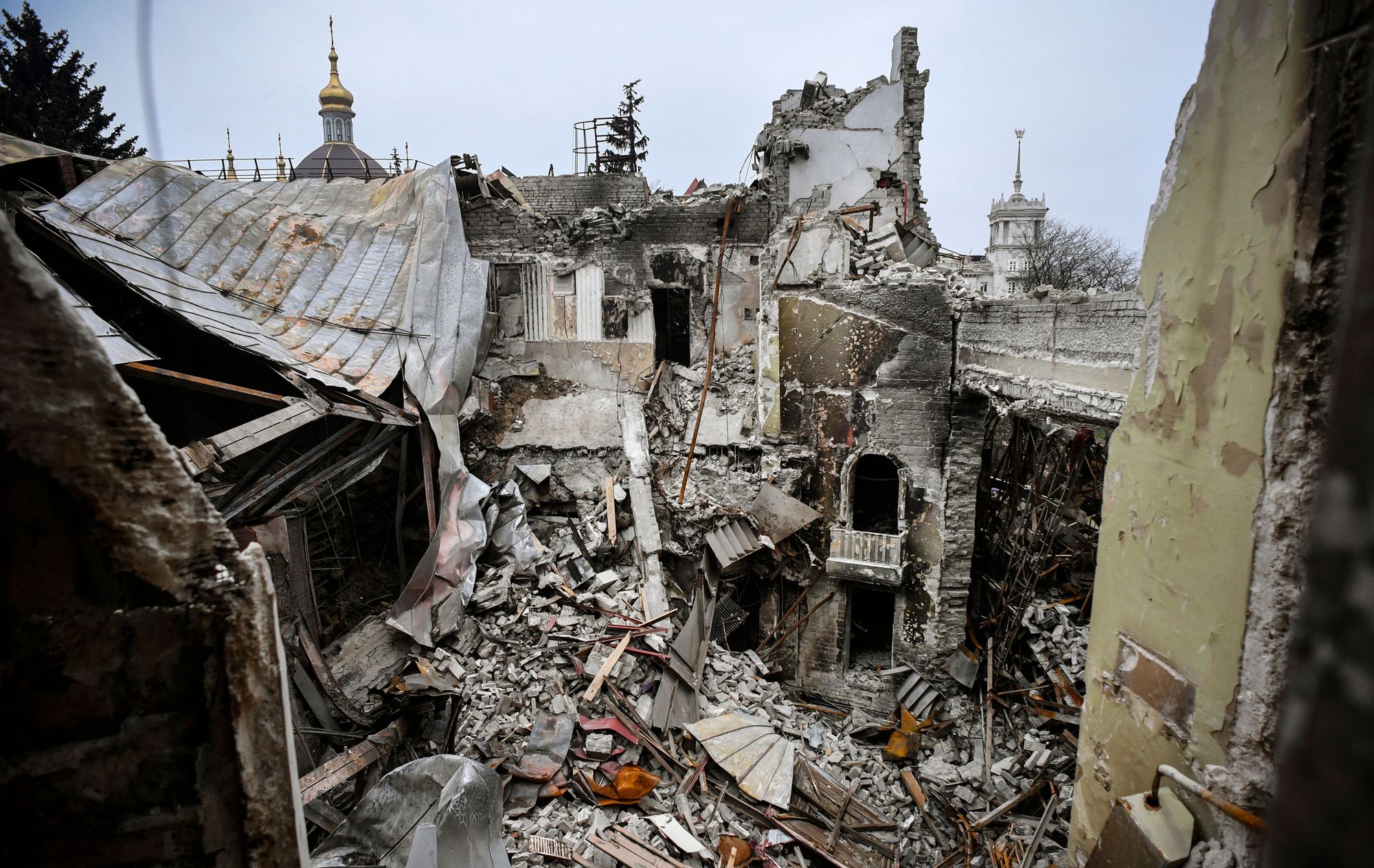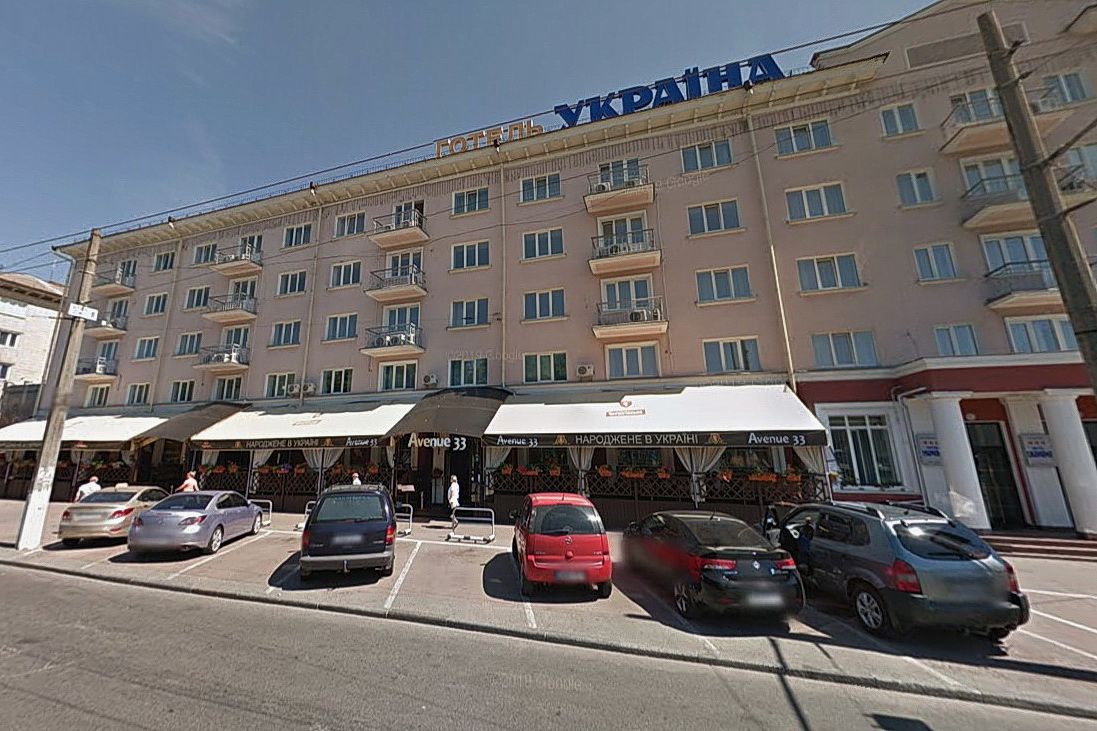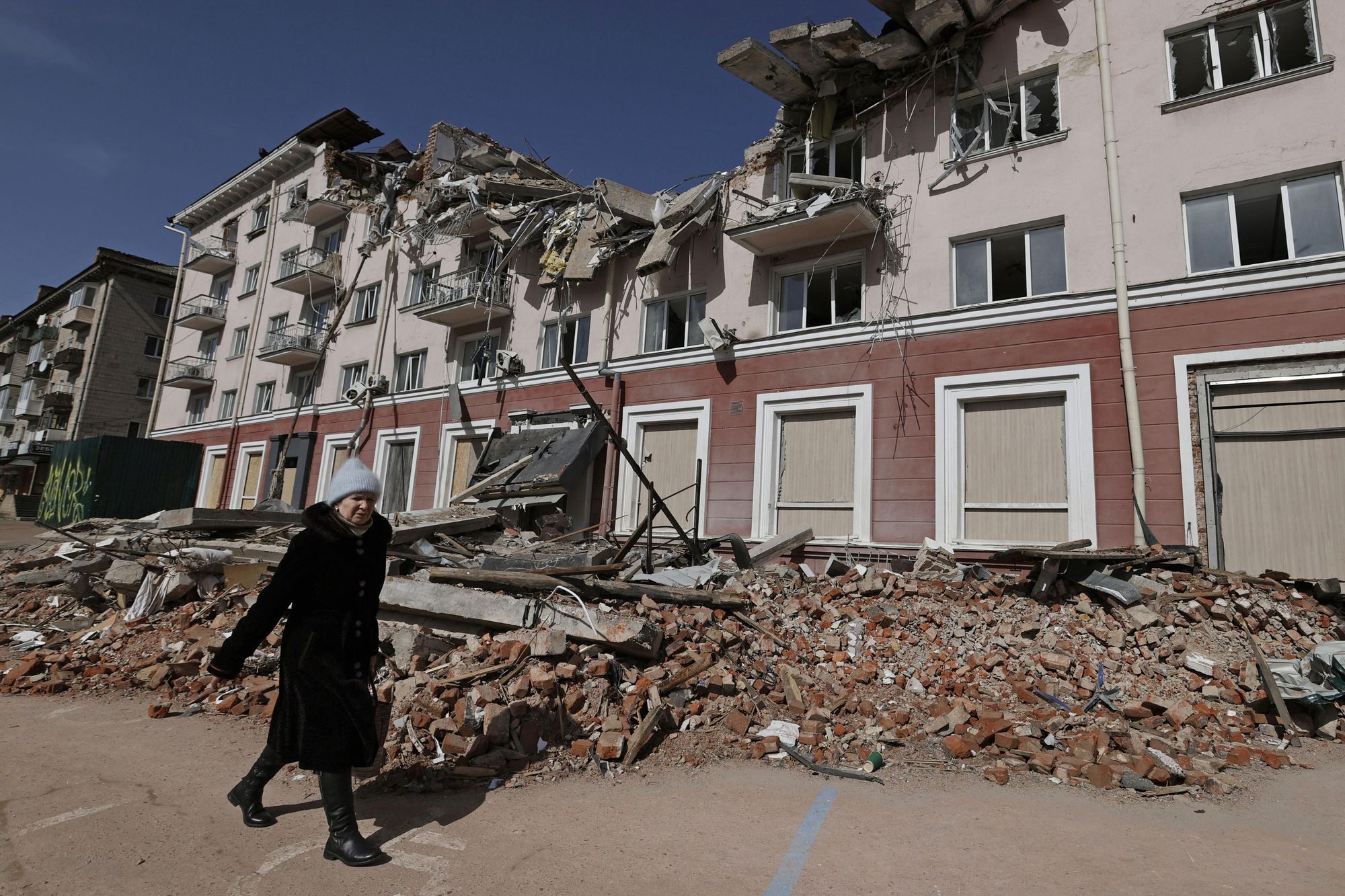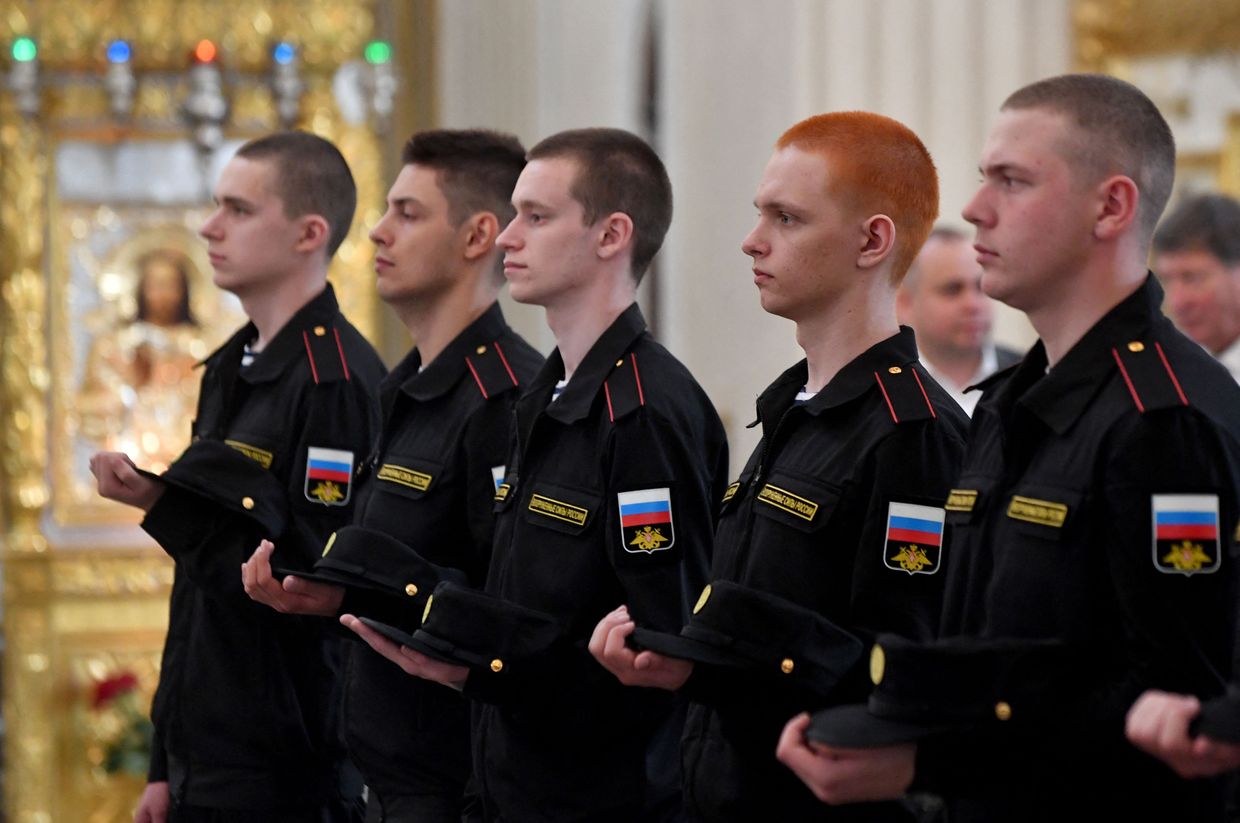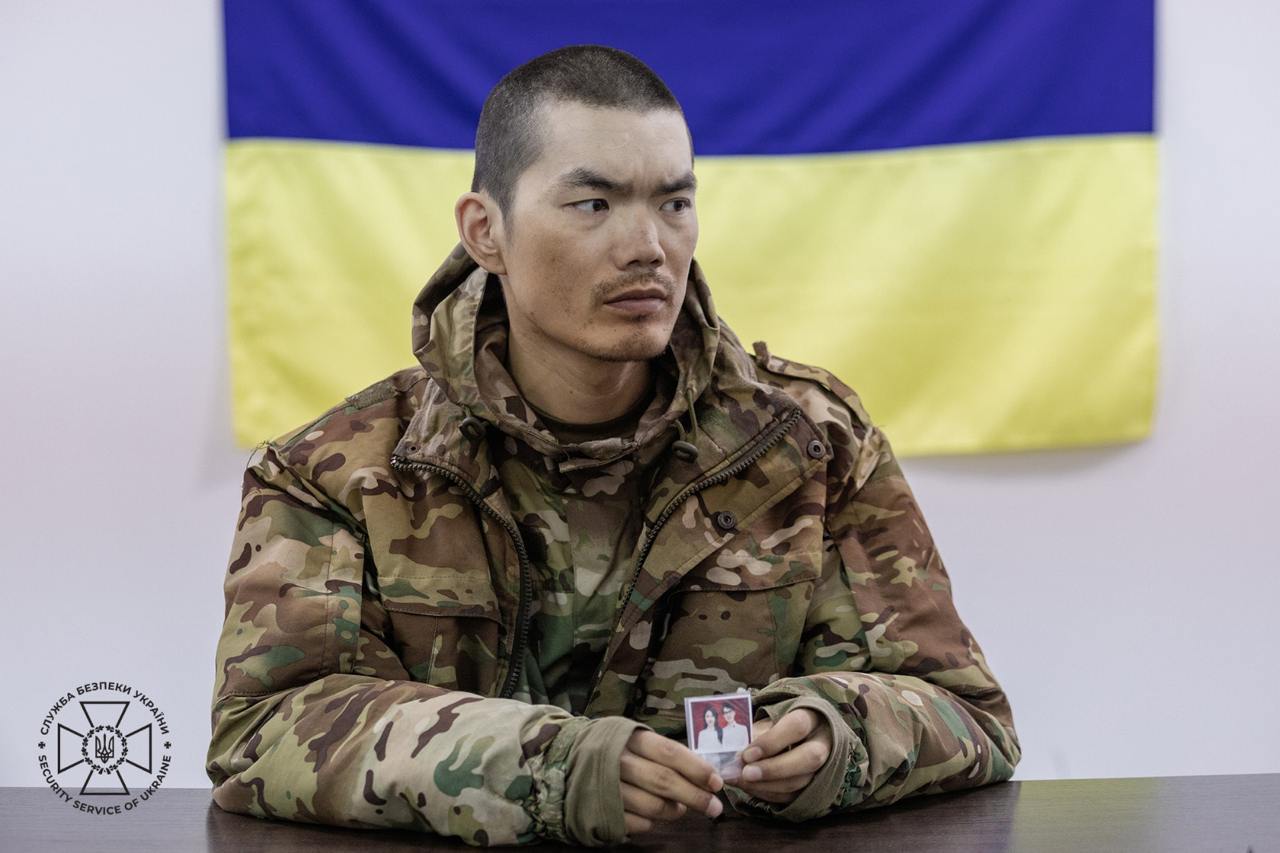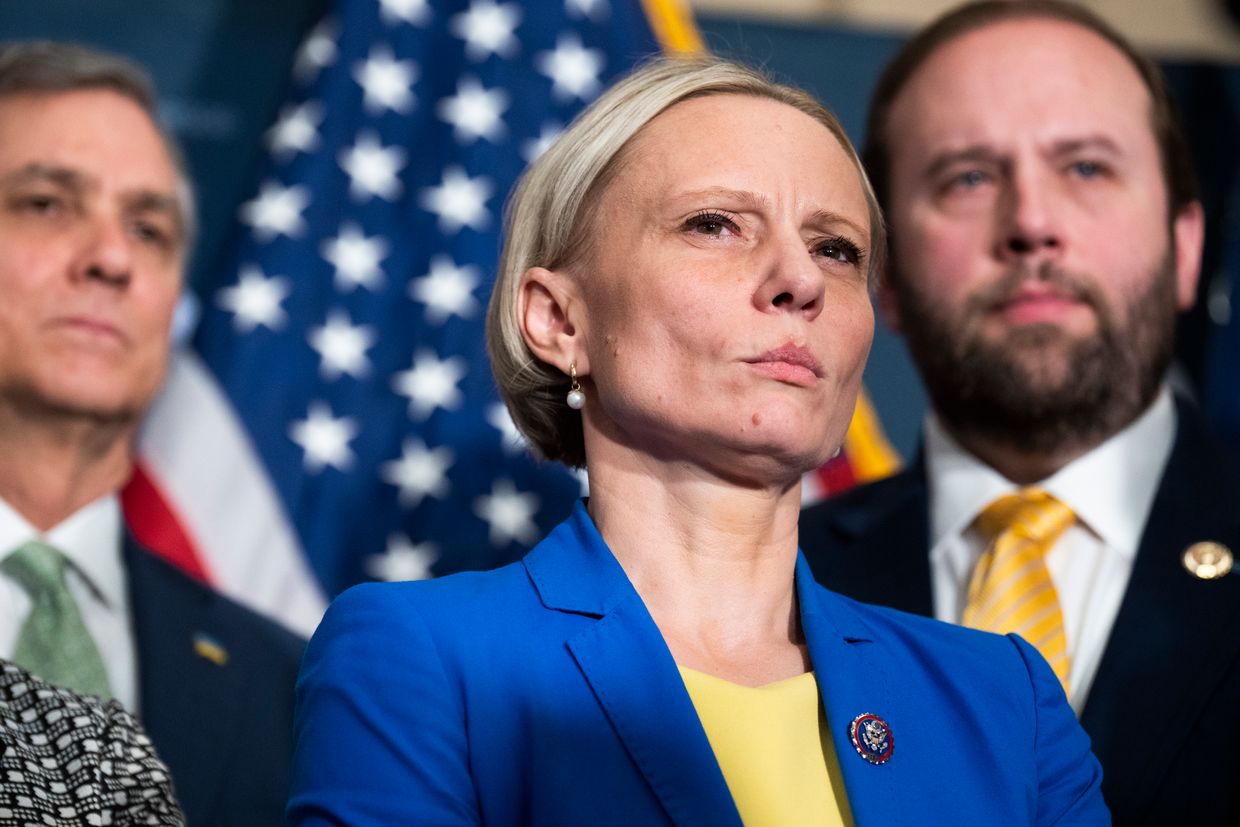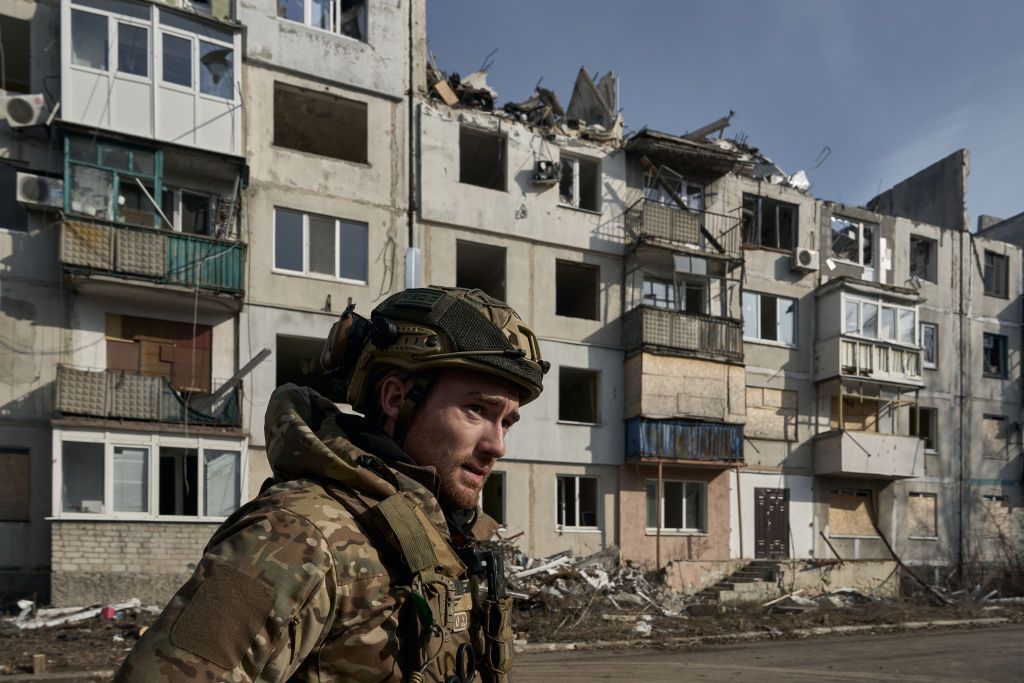April 24 marks two months since Russia began its all-out war against Ukraine.
The unprovoked Russian aggression has already cost Ukraine a devastating price, and it continues to rise every day.
According to President Volodymyr Zelensky, since Feb. 24, Russia has launched 2,000 missiles at the Ukrainian territory. Many of those attacks were indiscriminate or specifically targeted civilian population and infrastructure.
Besides killing civilians with shelling and airstrikes, Russian forces have been torturing, raping, and murdering civilians in occupied territories. Prosecutor General's Office is investigating 7,882 war crimes allegedly committed by Russian troops. Following reports of the Russians' atrocities, two countries, Estonia and Latvia, have officially recognized Moscow's actions as genocide against Ukraine.
In the two months of the invasion, 2,435 civilian Ukrainians were killed, and 2,946 civilians were injured, according to the United Nations. However, the true number of casualties is expected to be much higher since data from the occupied territories and areas with heavy hostilities is not accessible at the moment. Local authorities in Mariupol have estimated that this city only can account for up to 22,000 killed civilians.
Ukraine still doesn't publish its military personnel losses, but as of April 16, President Volodymyr Zelensky said that 2,500-3,000 Ukrainian troops had been killed, and up to 10,000 had been injured.
The cost of infrastructural damages caused by Russia's war has reached $100 billion, according to Infrastructure Minister Oleksandr Kubrakov. Zelensky and others in the government are already making plans for the reconstruction of Ukraine, and how it may be funded.
Under continuous heavy bombardment, many of the Ukrainian cities and their trademark locations can be barely recognized now, as they stand in ruins, deprived of the previously bustling life.
Click on the photos of these sites to see what they look like now.
General view of Mariupol
Mariupol, a seaport city in Donetsk Oblast with a pre-war population of nearly 500,000, has been heavily battered since the first day of Russia's war and besieged since early March. Mariupol City Council estimates that up to 22,000 of its residents may have been killed by Russia since Feb. 24. Two fresh mass graves have been discovered near Mariupol via satellite imagery.
Kharkiv Oblast State Administration
The building of the Kharkiv Oblast State Administration located in the center of Kharkiv was attacked by Russia with two cruise missiles on March 1, killing at least 24 people.
Residential building in Chernihiv
Chernihiv, a regional capital in northern Ukraine, was one of the hot spots of Moscow's war before Russian forces withdrew from the north of the country after failing to capture Kyiv.
View of Irpin
Irpin, a satellite town northwest of Kyiv, was liberated on March 31 after one month of Russian occupation.
Residential building in Borodyanka
Russian bombardment of Borodyanka, a town 40 kilometers northwest of Kyiv, destroyed more than 10 apartment buildings and killed at least 41 people.
Chernihiv Stadium
Chernihiv Stadium, an arena that can house more than 12,000 viewers, was attacked on March 11.
Mariupol Drama Theater
Russians dropped a massive bomb on Mariupol Drama Theater, where hundreds of people were sheltering at the moment, on March 16. The exact death toll of the strike is yet unknown.
Ukraine Hotel in Chernihiv
The 1961 building of the Ukraine Hotel is one of the many buildings in Chernihiv damaged by Russian attacks.
Apartment building in Kyiv
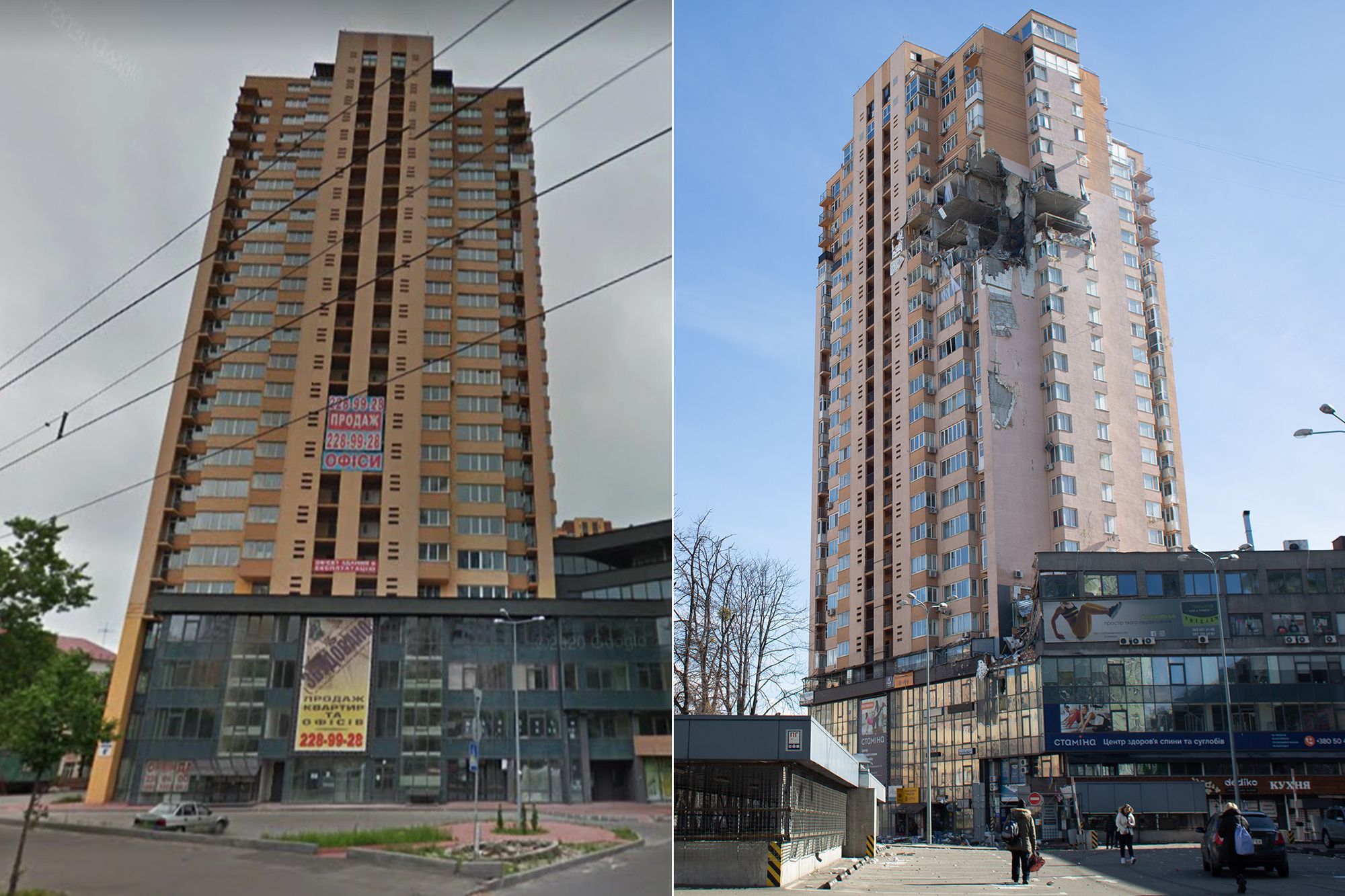
A high-rise apartment building located on Lobanovskoho Avenue in Kyiv was shelled by Russians on Feb. 26.



